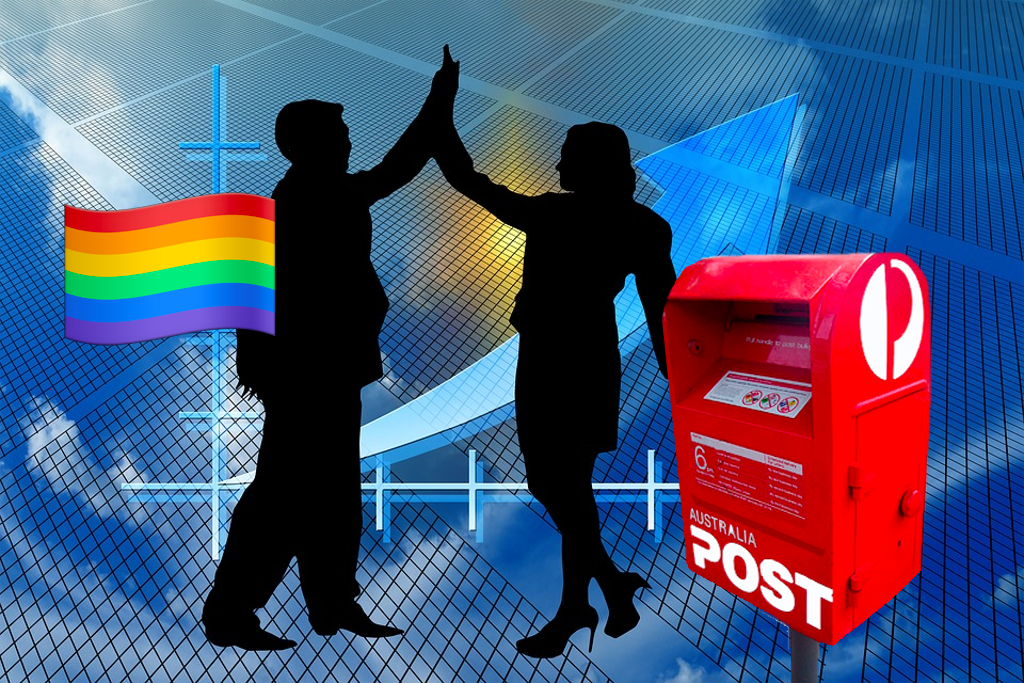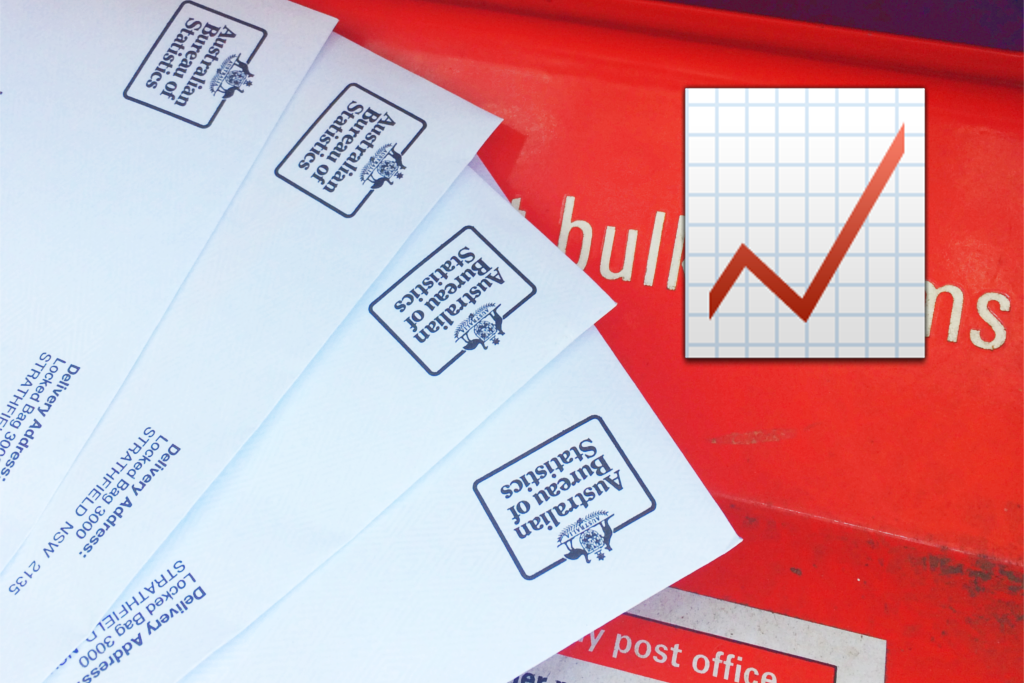Here’s Why The Marriage Equality Polls Show The Race Is Far From Over
"There’s a real chance that the polls could be skewed to Yes"

Yesterday the Australia Bureau of Statistics revealed more than 9 million Australians had already returned their marriage equality postal surveys. According to ABS estimates, that means 57.5 percent of eligible voters have taken part in the survey.
The relatively high turnout has already been welcomed by some marriage equality activists, who were initially worried the postal process might dampen participation. But the figure produced by the ABS is quite different to what we’ve seen in the published polls over the past few weeks, which suggests polling companies are struggling to accurately estimate community engagement on the survey. And that could have consequences in terms of projecting whether the Yes or No side is going to win.
What Are The Polls Saying?
In the past couple of weeks there have been four major polls estimating voter turnout. Two polls suggested a high turnout, with ReachTel estimating 79 percent of voters had already returned their ballots and Newgate Research estimating 77 percent turnout. But Newspoll had a markedly different figure, suggesting only 15 percent of voters had sent their ballots back to the ABS.
An Essential poll released today put turnout at 47 percent – sort of in the middle of the other projections. As you can see, the numbers vary pretty wildly and none of the polls line up that closely with the actual figures from the ABS. So what’s going on?
There aren’t too many precedents for national, voluntary, postal votes which means polling companies don’t have a lot of experience in estimating turnout. Different factors like how the question is framed (“Have you filled out your ballot” vs. “Have you posted your ballot”), when the question is asked and what kind of voters are being reached by the pollster can all impact the result.
One reason why Newspoll has the lowest turnout figure probably has to do with the fact that the poll was taken on September 25, a week and a half before the ABS released its turnout estimate.
While estimating turnout using polling is interesting, it’s not as valuable to the public as finding out whether the Yes or No side is winning the campaign. All of the published polls show the Yes side with a healthy lead. But if the polling companies are missing the mark on turnout, could they be getting it wrong on whether Australians support marriage equality?
Here’s What The Experts Think
Australian polling companies have a big advantage compared to those overseas. Because voting is mandatory here, poll respondents don’t need to be screened in terms of how likely they are to vote. Poll results in the US and the UK can vary dramatically based on what mechanism the polling company uses to project turnout.
However that means Australian polling companies are playing catch up when it comes to estimating turnout in the voluntary postal survey.
“Australian pollsters are not used to measuring likely turnout,” Peter Brent, a political scientist at Melbourne’s Swinburne University, told Junkee. “Those in other countries seem to find it hit and miss on occasion anyway.”
Some commentators have suggested a lower turnout might help the No campaign, but Brent disagrees.
“I don’t buy into the general assumption that low turnout per se is good for the No case. On the contrary, all else being equal,” he said. “The only possibly contra point to this is if the No case really starts to bite over the next month, then of course the Yes campaign will wish more had voted early.”
That said, Brent argues that Newspoll is likely to be the most reliable indicator of how the final result might land, and their polls have shown a drop in support for marriage equality.
“Newspoll asks people how they’ll vote in the survey, not whether they support changing the laws to … etc.”
Dr Kevin Bonham, a Tasmanian based psephologist (a polling and elections expert), told Junkee that most Australian polling companies were “probably overestimating the percentage who have already voted, and by extension will probably overestimate the percentage who ‘definitely will’ vote as well”.
“My suspicion is that these polls are undersampling voters who are disengaged from politics,” he said.
Bonham doesn’t think there’s a direct connection between polling companies overestimating turnout and projections of the final result, but he does think the polls could be overstating support for the Yes side.
“Based on the overseas experience I think there’s a real chance that the polls could be skewed to Yes such that Yes wins but a lot less convincingly than the polls suggest,” he said. However, despite the wildly varying turnout projects, he doesn’t think there’s evidence yet to suggest a widespread polling failure that would suggest a surprise No win.
Should We Be Worried?
The upshot of all this is that even if the polling companies are struggling to estimate turnout, that probably isn’t having too much of an impact on their projection of the final result. But there’s enough uncertainty for the experts to suggest the Yes vote might not be as strong as it looks.
Consider this a reminder to not take the result for granted. Even the most confident Yes campaigners are warning that the combination of polls and ABS figures suggest that the race is far from over, and with nearly half the country yet to vote it could still go either way.


